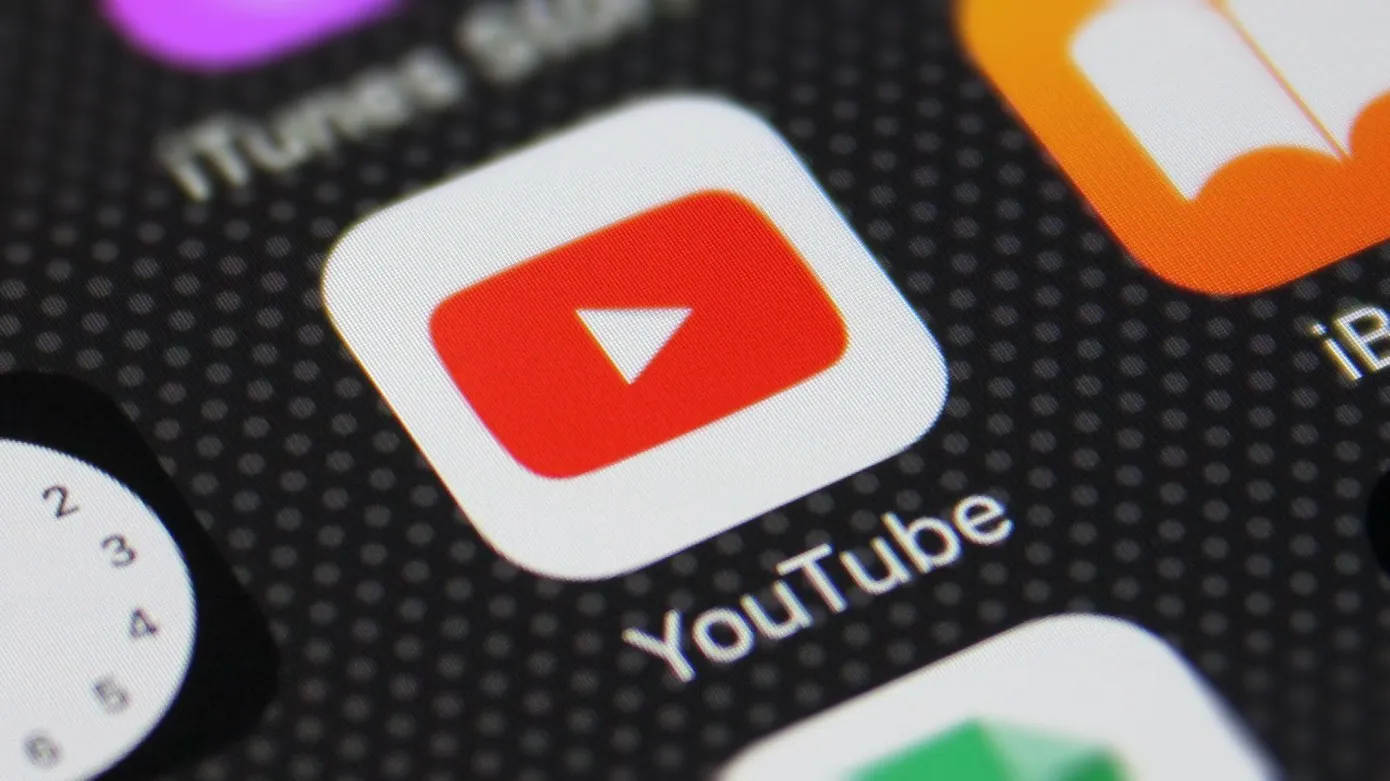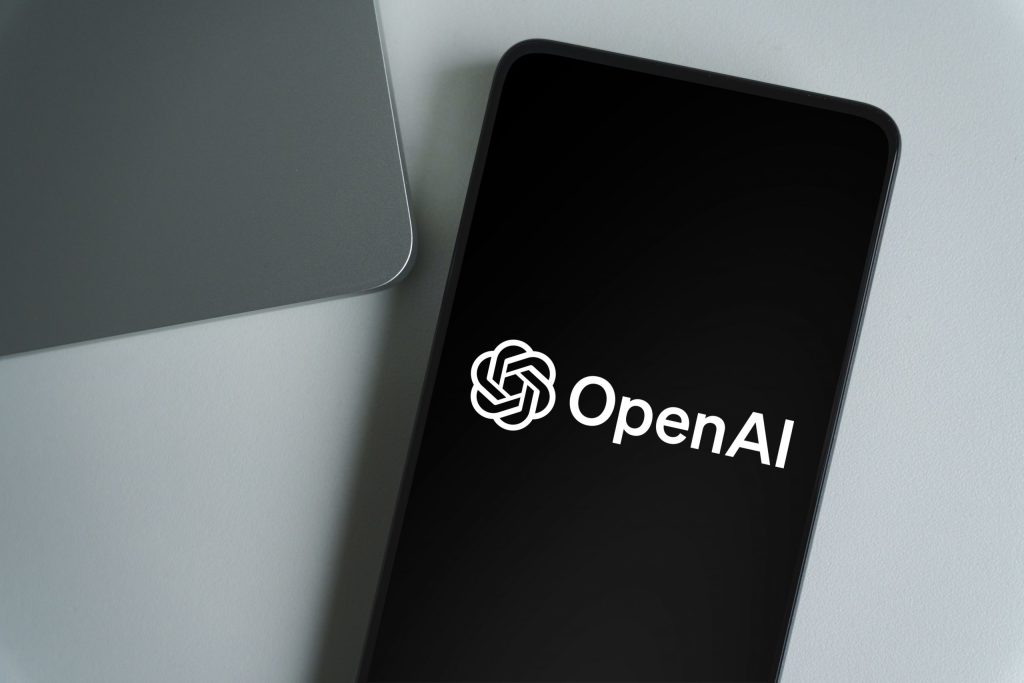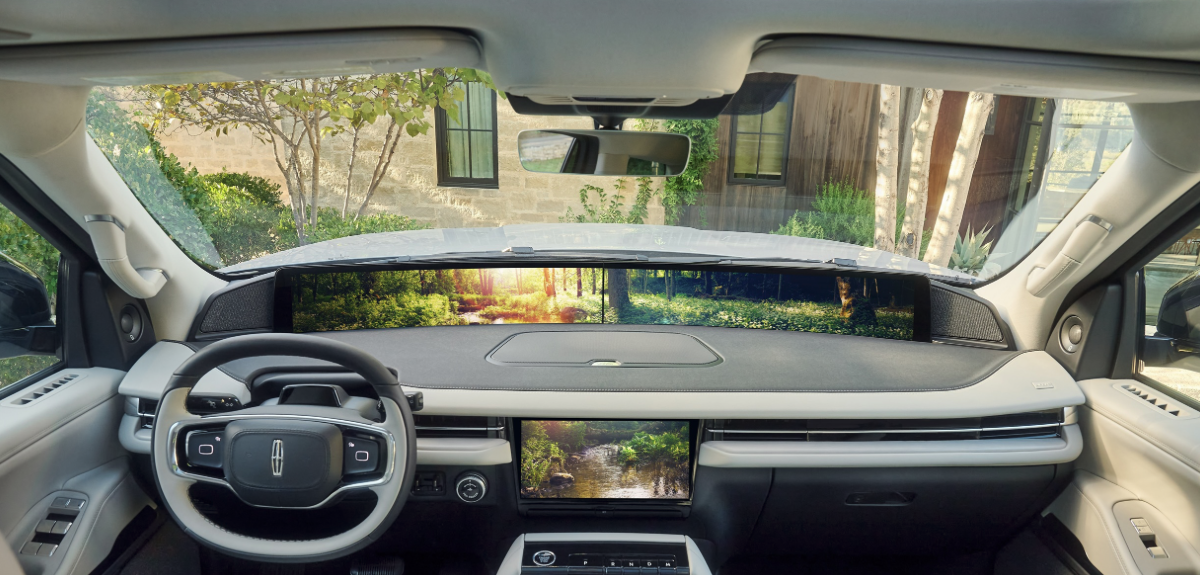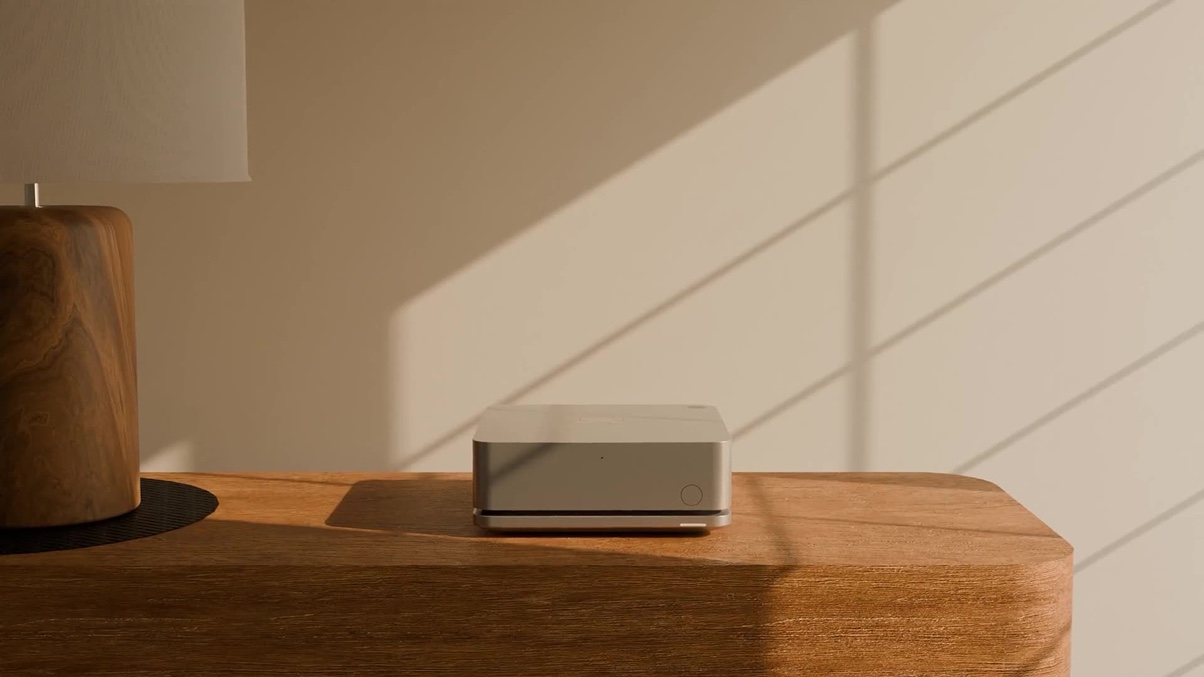YouTube is experimenting with a feature that could give users far more control over what appears on their home page, an area long shaped almost entirely by the platform’s opaque recommendation system. The test introduces a new option called “Your Custom Feed,” which sits beside the standard Home tab and allows users to shape their feed through direct prompts to an integrated AI chatbot.
This marks a shift from YouTube’s usual approach of refining its algorithms behind the scenes and hoping the resulting feed aligns with user interests. Instead of relying solely on passive viewing habits, the company is testing a model in which users can actively tell the system what they want to see more or less of. According to a support page, those included in the test will see the new feed option appear as a small chip next to Home, offering a quick entry point into the AI-powered interface.
The broader context here is that YouTube’s home page has long been a source of frustration for users who feel the algorithm can overcorrect too quickly. A single click can distort the entire feed, making it seem as though users suddenly developed a deep interest in categories they only glanced at once. The new experiment appears aimed at reducing that kind of volatility by adding an explicit feedback mechanism rather than relying on indirect signals.
YouTube is not the first platform to explore this direction. Earlier this year, X introduced its own AI-assisted recommendation system powered by Grok, blending user prompts with algorithmic curation. YouTube’s version, however, places the customization tool directly within the primary navigation and focuses specifically on refining the home feed, the most influential surface on the platform.
By allowing users to type prompts into the chatbot, YouTube hopes to make feed adjustments simple enough that people don’t need to understand how the algorithm works or navigate buried settings. The system updates recommendations instantly based on the guidance you provide, making it more transparent—at least in theory—than the usual hands-off approach.
The experiment also aligns with YouTube’s ongoing effort to give users more direct control over content suggestions. In recent years, the platform has added additional controls to hide specific types of recommendations and reduce the prominence of topics users aren’t interested in. If this AI-driven feed customization rolls out widely, it could push the platform closer to a model where the home page reflects deliberate user choices rather than reactive algorithmic guesses.
For now, the feature is limited to select users, and YouTube hasn’t said when or if it will expand more broadly. But the move signals that the company is aware of growing user fatigue with recommendation systems that can feel erratic or misaligned. If the test succeeds, YouTube may finally offer a home feed that looks less like an algorithm’s assumption and more like something users shaped themselves.






